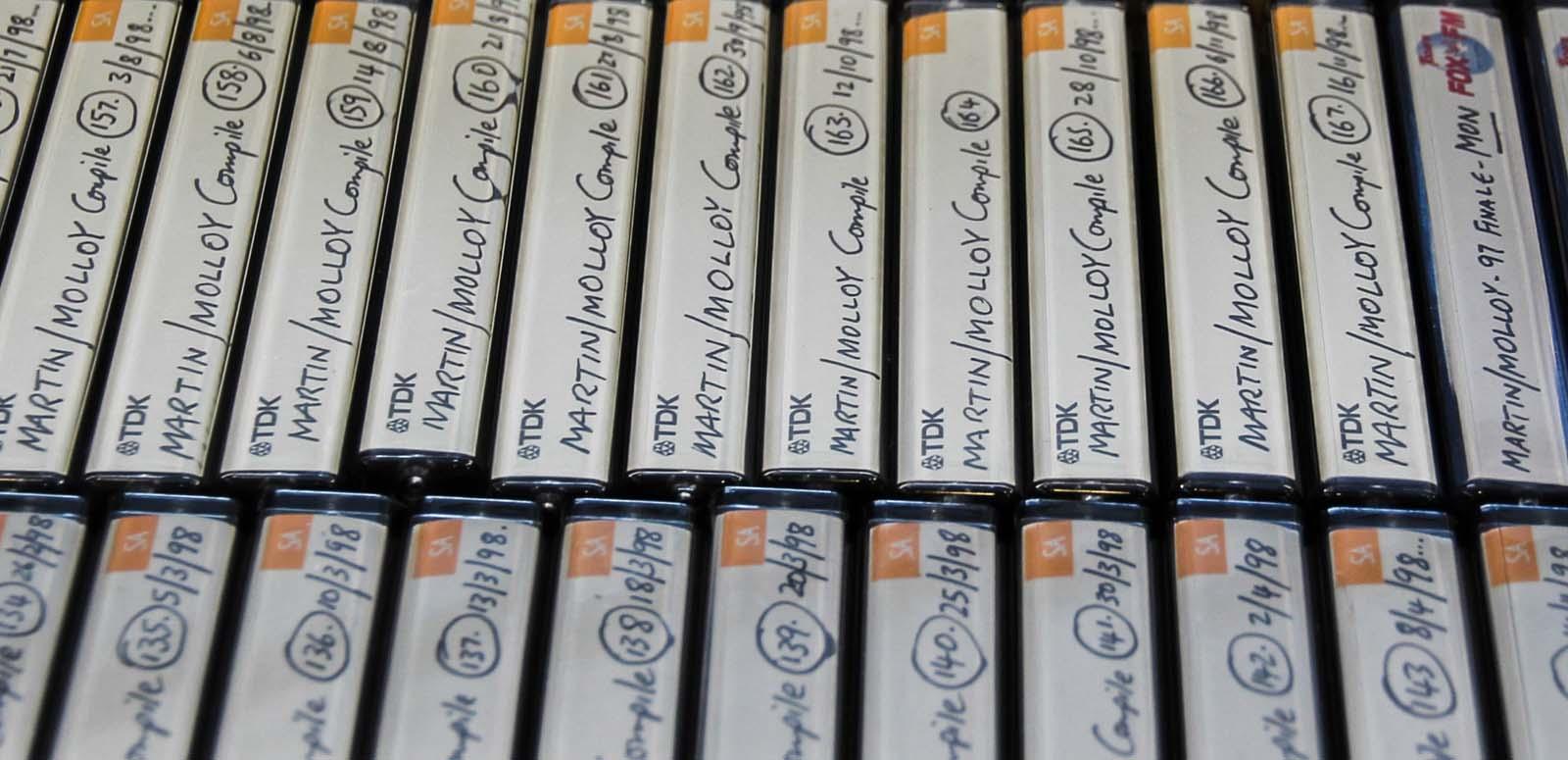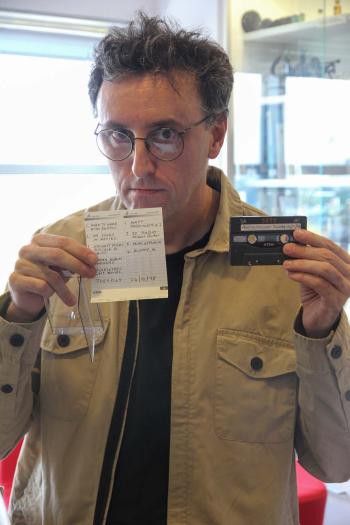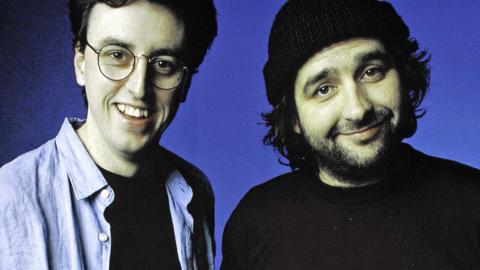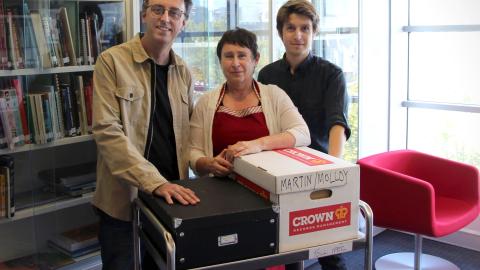To celebrate the groundbreaking 1990s radio comedy program Martin/Molloy being inducted into this year’s Sounds of Australia, we’ve published a new curated collection to showcase the show’s excellence and influence.
Tony Martin generously answered some questions about his collection and how it ended up at the NFSA, and also shared his feelings with us about being a 2020 Sounds of Australia inductee.





